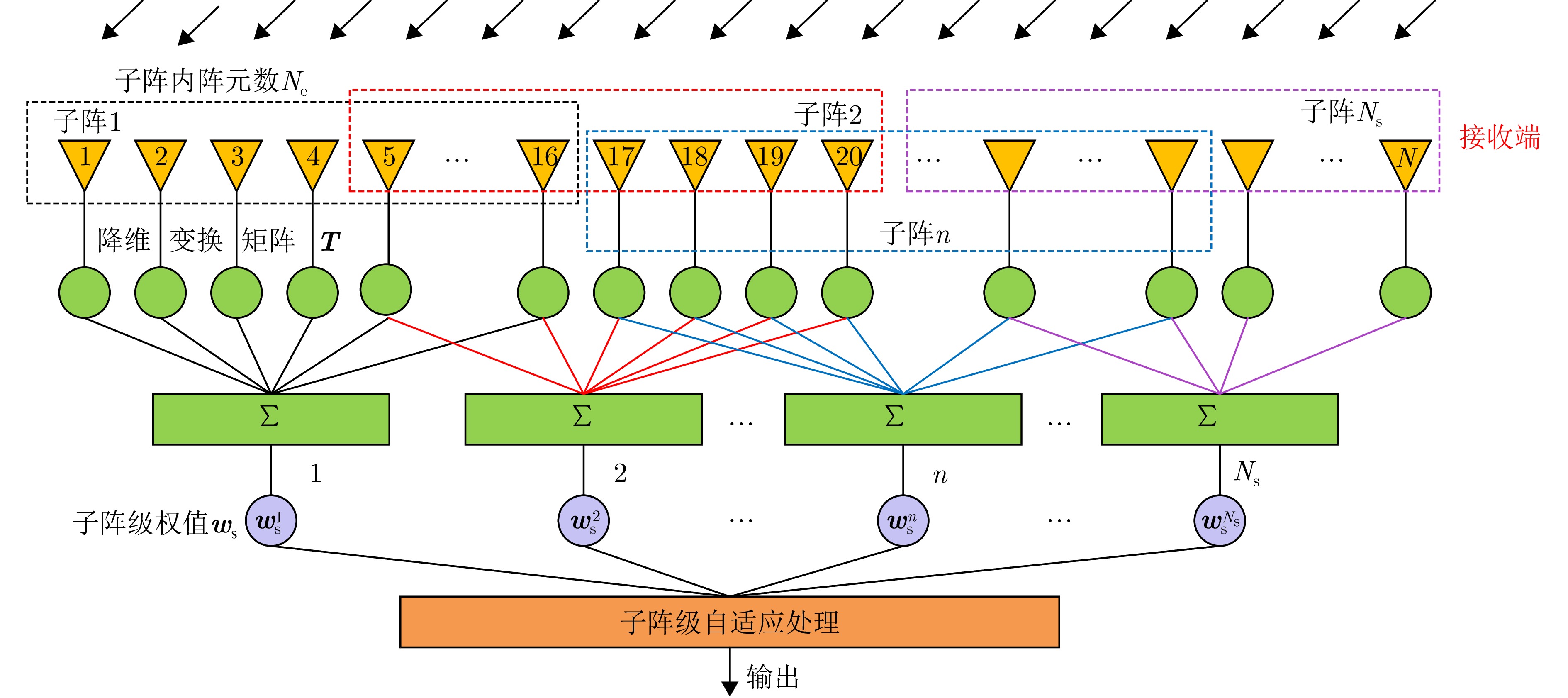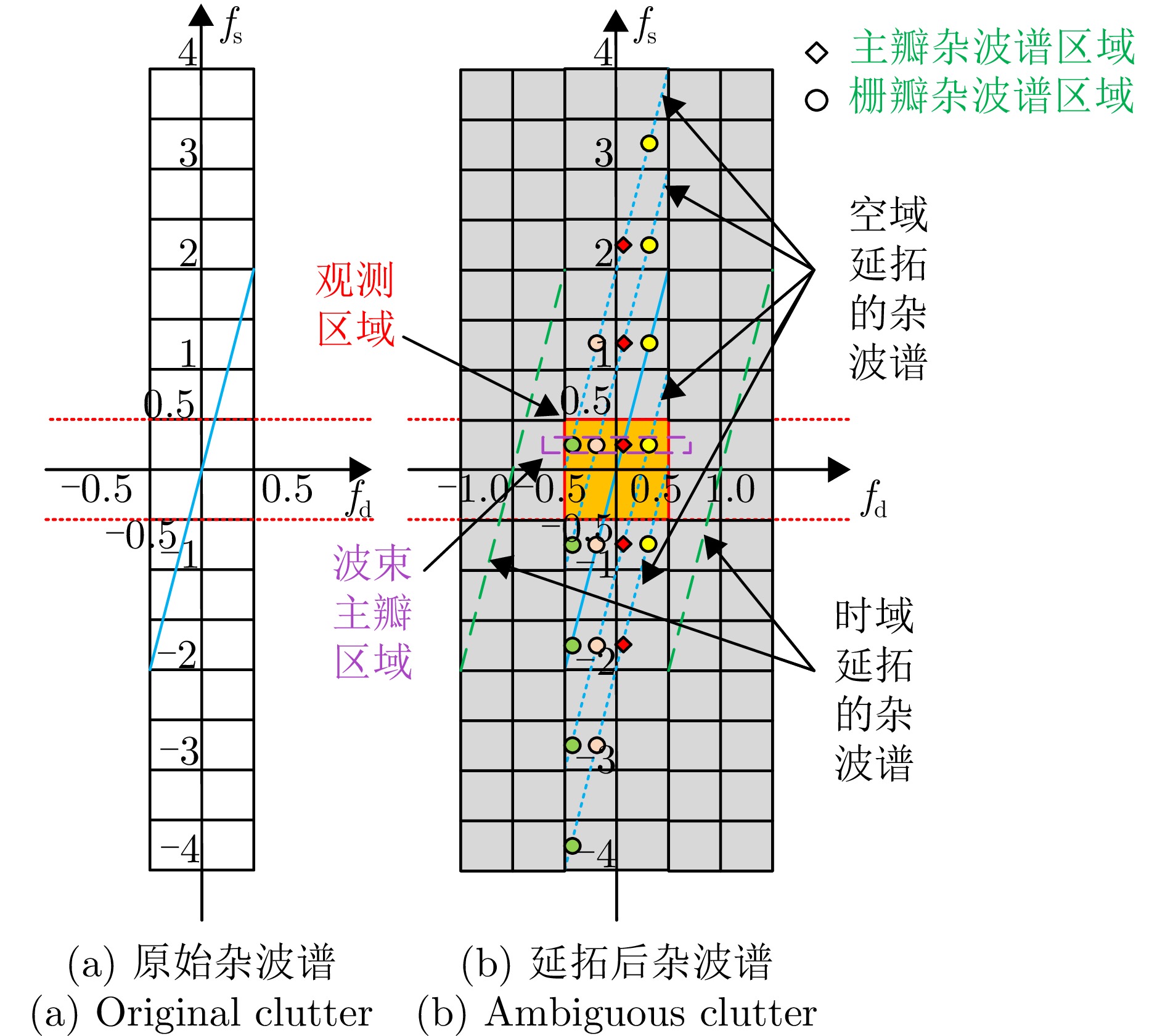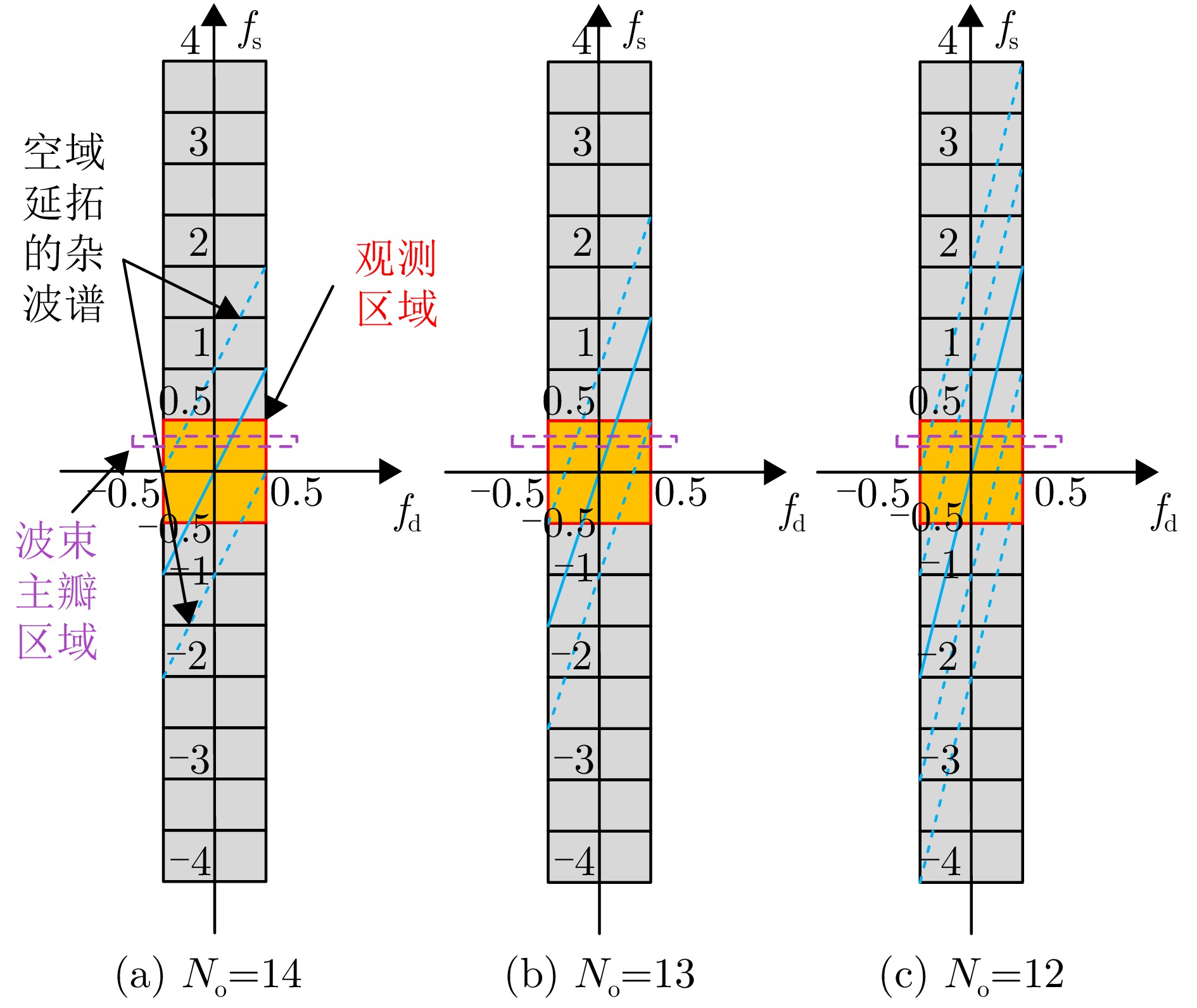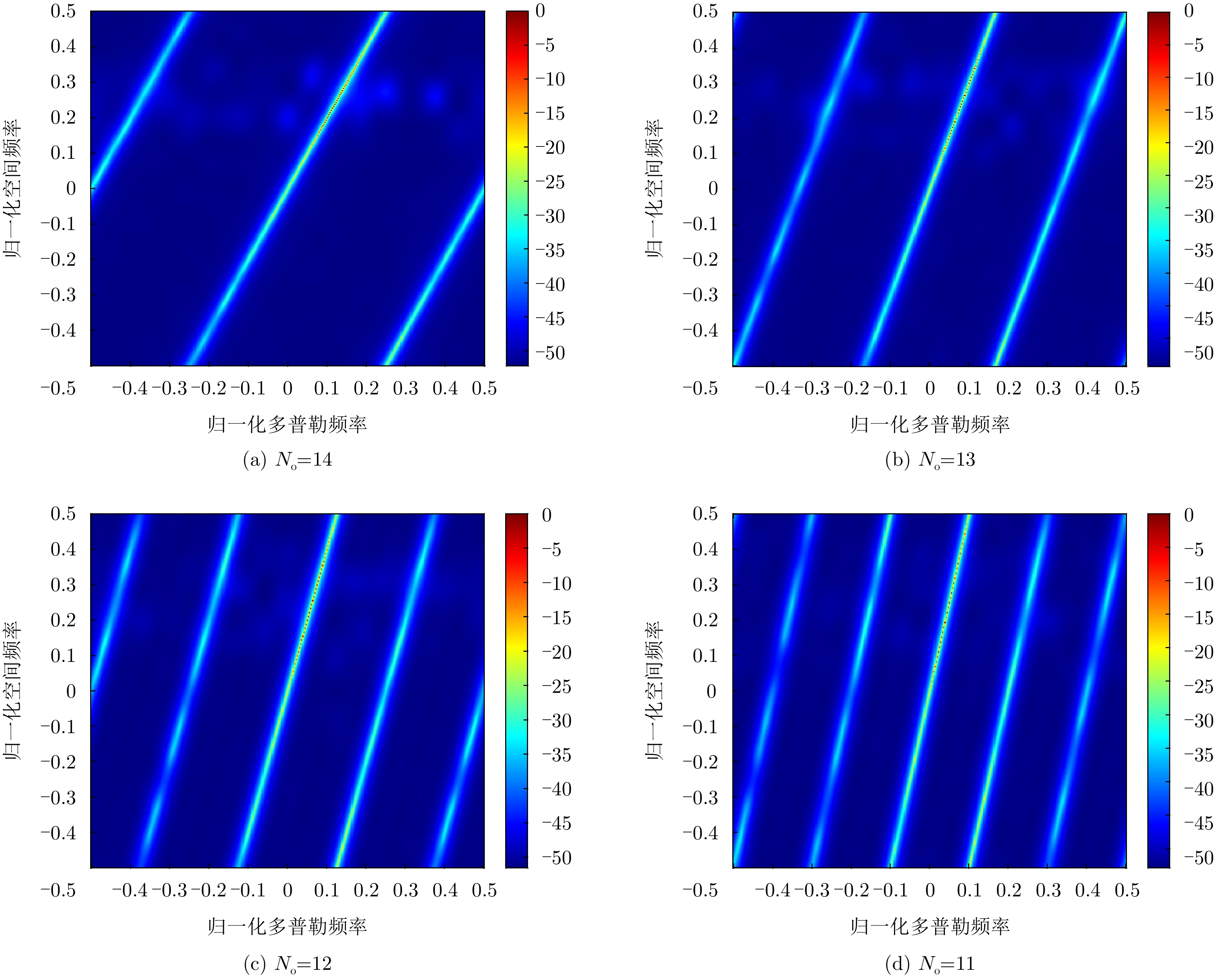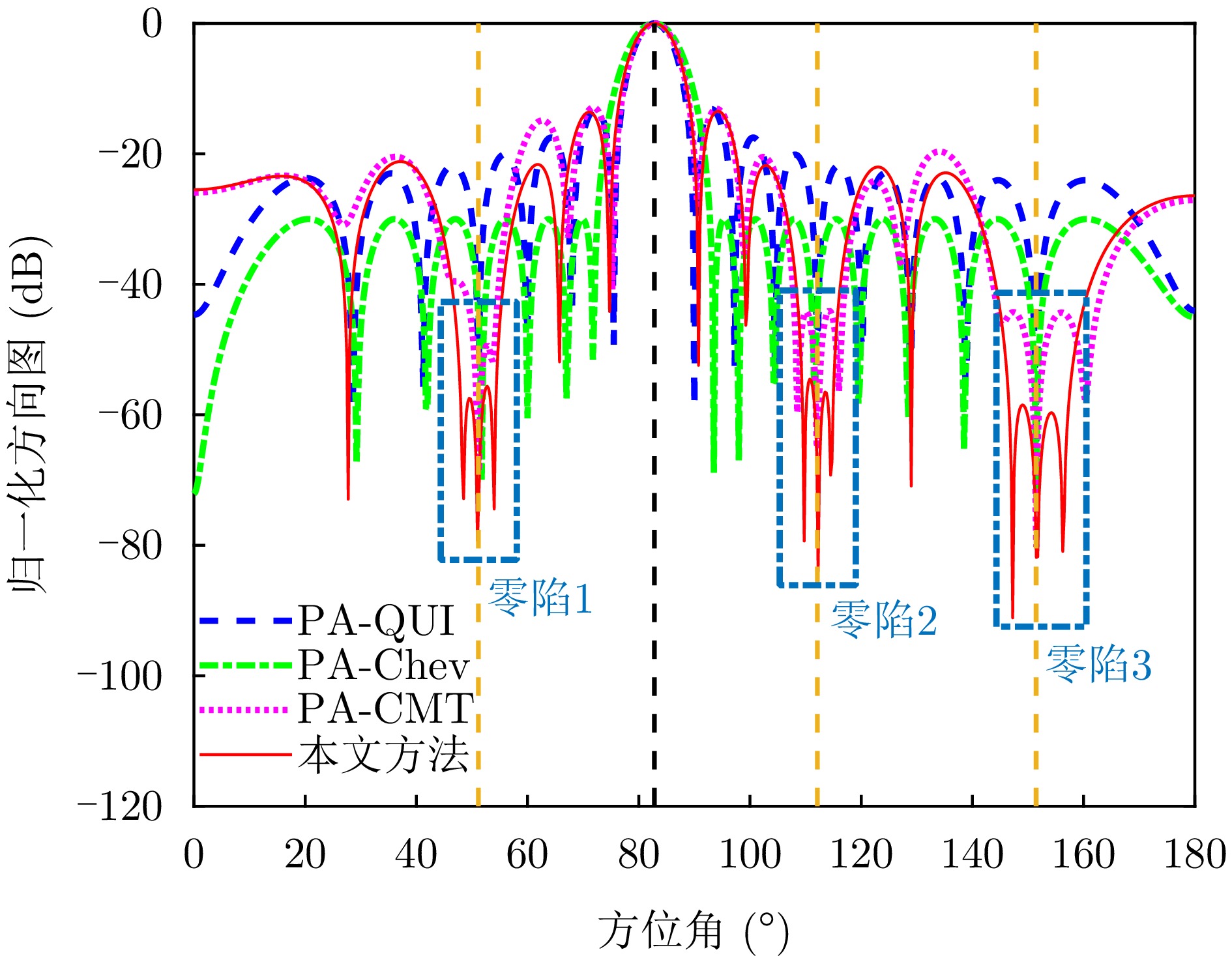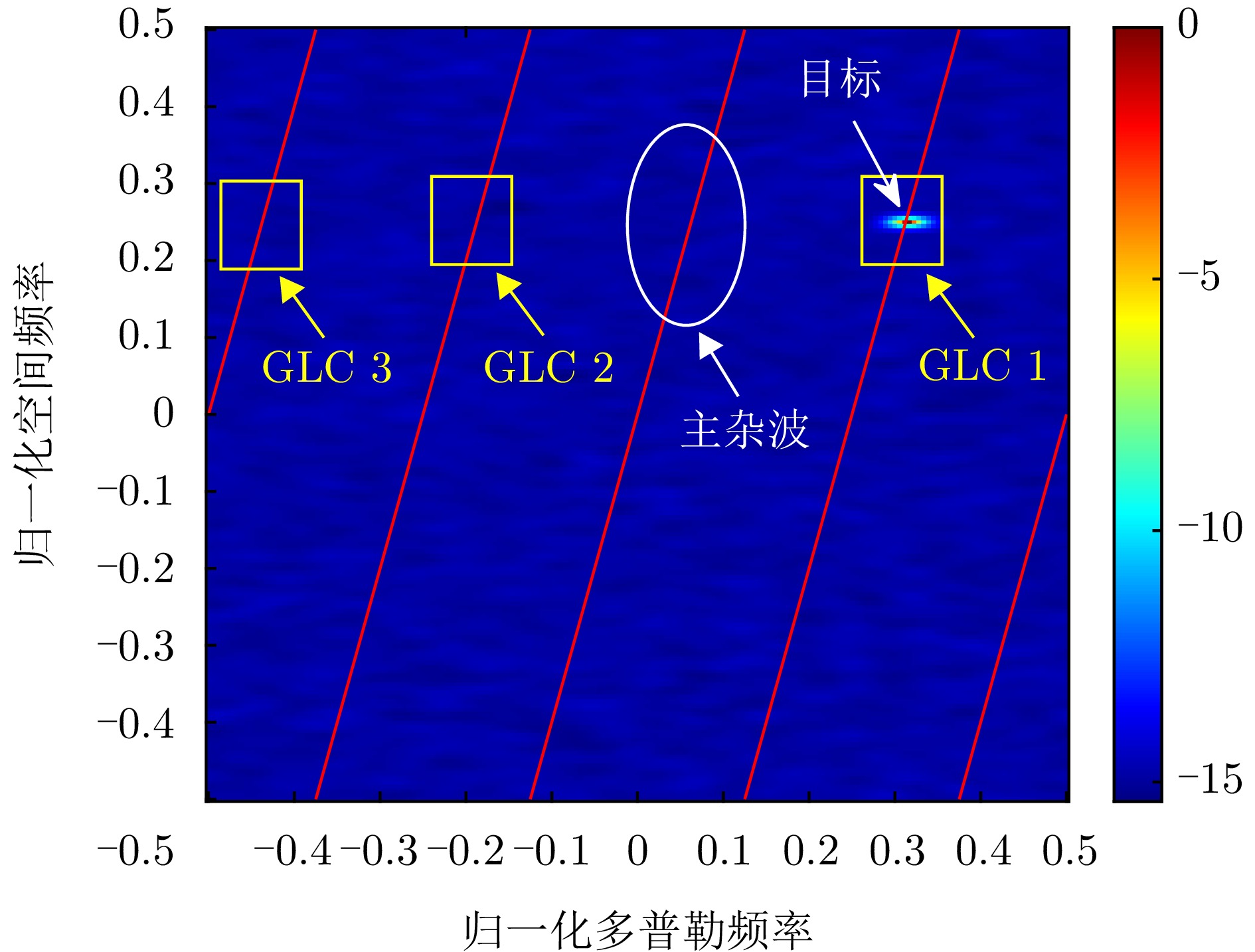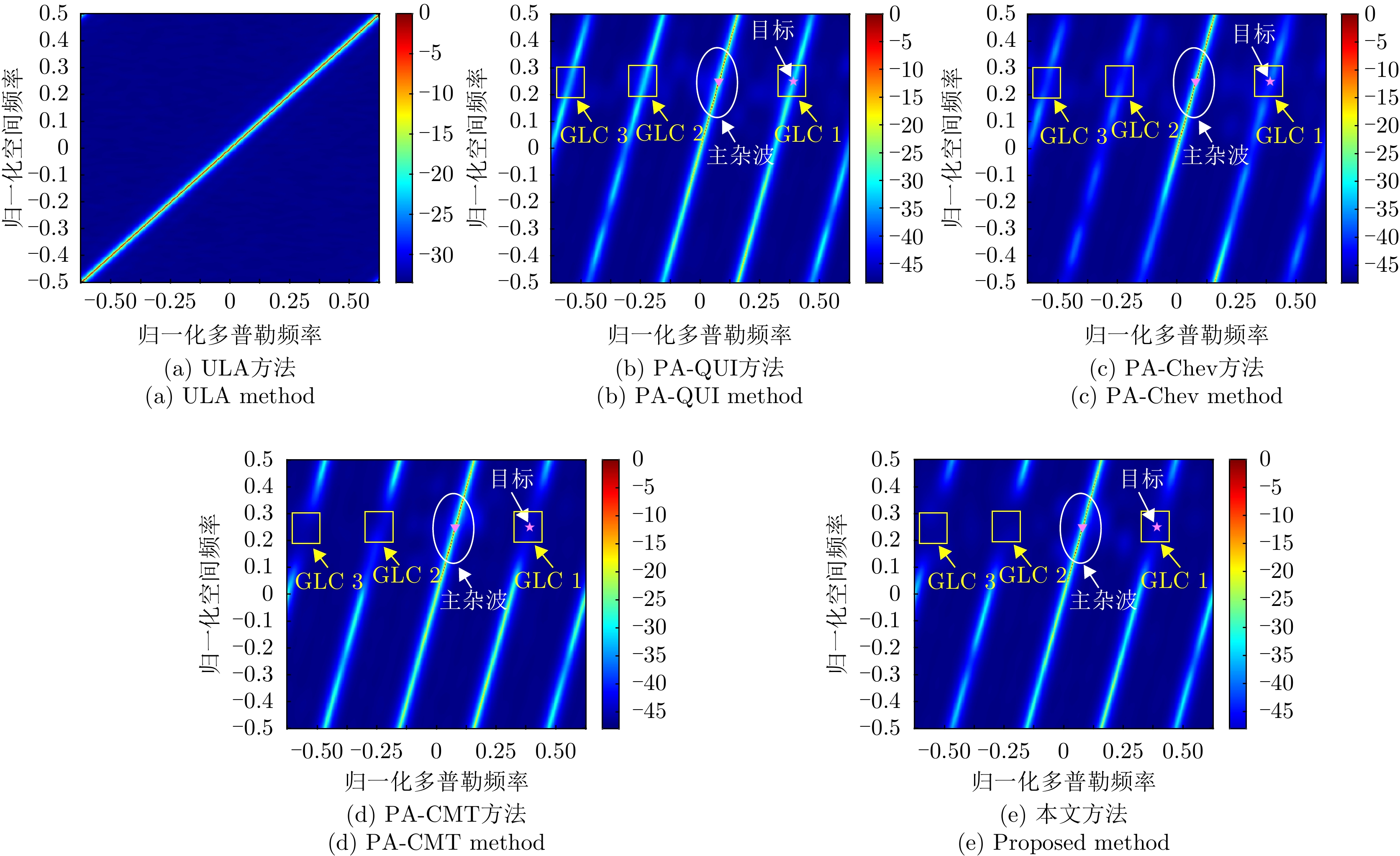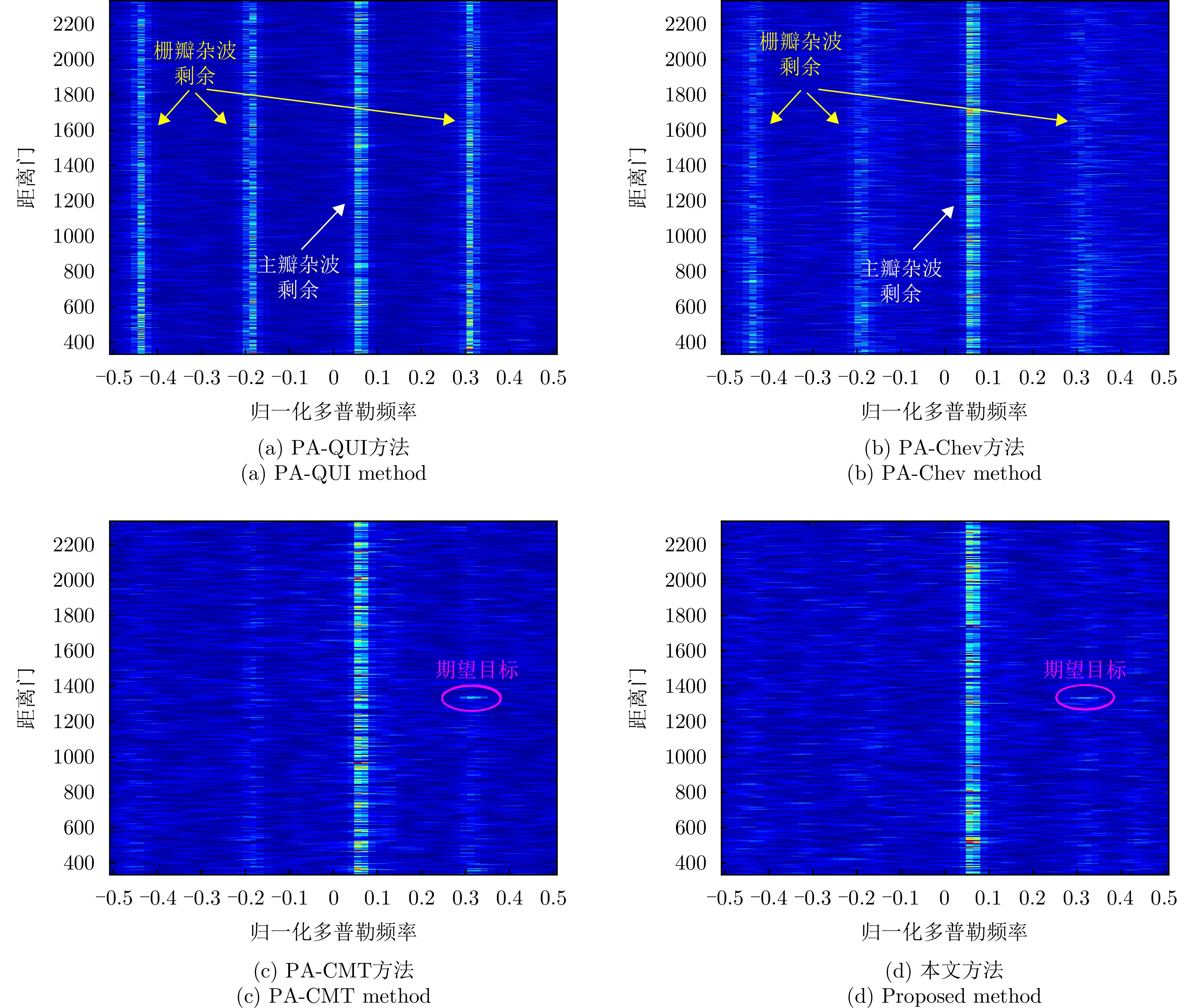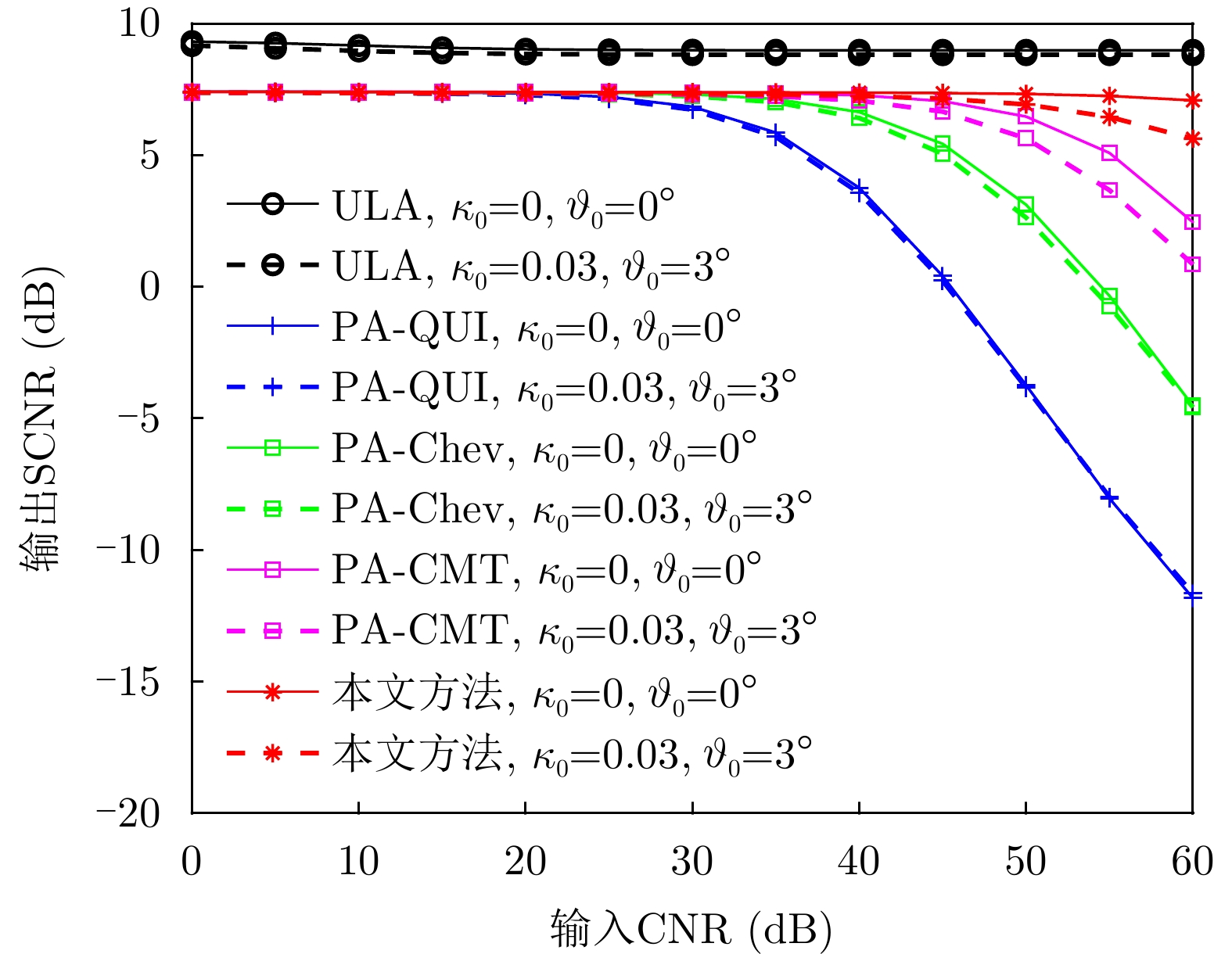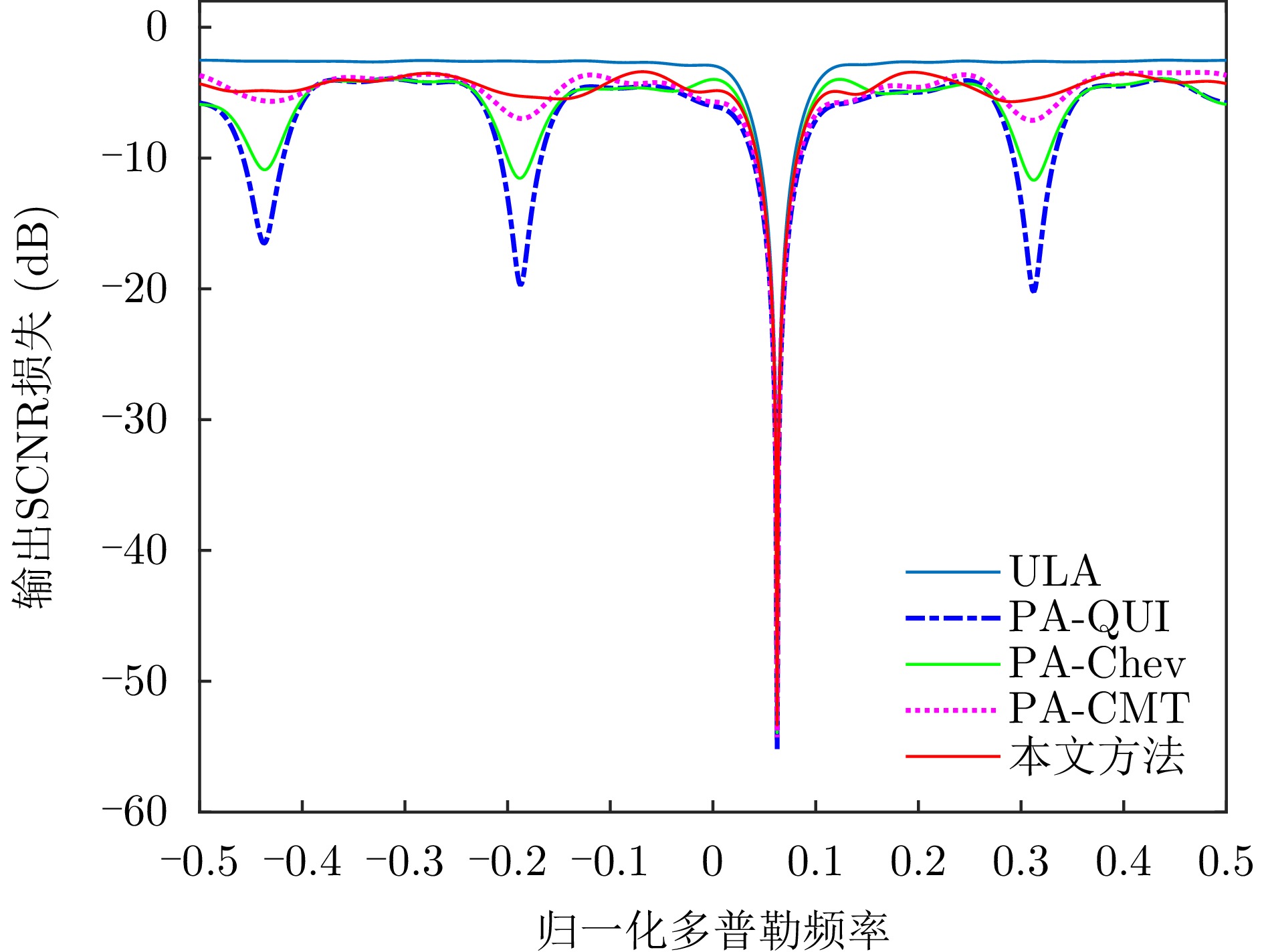| [1] |
BRENNAN L, MALLETT J, and REED I. Adaptive arrays in airborne MTI radar[J]. IEEE Transactions on Antennas and Propagation, 1976, 24(5): 607–615. doi: 10.1109/TAP.1976.1141412. |
| [2] |
谢文冲, 王永良, 熊元燚. 机载雷达空时自适应处理[M]. 北京: 清华大学出版社, 2024: 86–95.
XIE Wenchong, WANG Yongliang, and XIONG Yuanyi. Space Time Adaptive Processing Technique for Airborne Radar[M]. Beijing: Tsinghua University Press, 2024: 86–95.
|
| [3] |
XU Jingwei, LIAO Guisheng, and SO H C. Space-time adaptive processing with vertical frequency diverse array for range-ambiguous clutter suppression[J]. IEEE Transactions on Geoscience and Remote Sensing, 2016, 54(9): 5352–5364. doi: 10.1109/TGRS.2016.2561308. |
| [4] |
WEN Cai, HUANG Yan, PENG Jinye, et al. Slow-time FDA-MIMO technique with application to STAP radar[J]. IEEE Transactions on Aerospace and Electronic Systems, 2022, 58(1): 74–95. doi: 10.1109/TAES.2021.3098100. |
| [5] |
SONG Di, FENG Qi, CHEN Shengyao, et al. Space-time adaptive processing using deep neural network-based shrinkage algorithm under small training samples[J]. IEEE Transactions on Aerospace and Electronic Systems, 2023, 59(6): 9697–9703. doi: 10.1109/TAES.2023.3255840. |
| [6] |
阚庆云, 许京伟, 廖桂生. 和差天线空时自适应测角方法及性能分析[J]. 电子学报, 2023, 51(1): 42–49. doi: 10.12263/DZXB. 20211458.
KAN Qingyun, XU Jingwei, and LIAO Guisheng. Angle estimation approach and performance analysis for STAP with sum-difference antenna[J]. Acta Electronica Sinica, 2023, 51(1): 42–49. doi: 10.12263/DZXB.20211458. |
| [7] |
XIE Lei, HE Zishu, TONG Jun, et al. A recursive angle-Doppler channel selection method for reduced-dimension space-time adaptive processing[J]. IEEE Transactions on Aerospace and Electronic Systems, 2020, 56(5): 3985–4000. doi: 10.1109/TAES.2020.2983533. |
| [8] |
HUANG Penghui, ZOU Zihao, XIA Xianggen, et al. A novel dimension-reduced space-time adaptive processing algorithm for spaceborne multichannel surveillance radar systems based on spatial-temporal 2-D sliding window[J]. IEEE Transactions on Geoscience and Remote Sensing, 2022, 60: 5109721. doi: 10.1109/TGRS.2022.3144668. |
| [9] |
GOLDSTEIN J S and REED I S. Reduced-rank adaptive filtering[J]. IEEE Transactions on Signal Processing, 1997, 45(2): 492–496. doi: 10.1109/78.554317. |
| [10] |
HERD J S and CONWAY M D. The evolution to modern phased array architectures[J]. Proceedings of the IEEE, 2016, 104(3): 519–529. doi: 10.1109/JPROC.2015.2494879. |
| [11] |
HE Xiongpeng, LIAO Guisheng, ZHU Shengqi, et al. Range ambiguous clutter suppression approach with elevation time diverse array[J]. IEEE Transactions on Aerospace and Electronic Systems, 2022, 58(1): 359–373. doi: 10.1109/TAES.2021.3101786. |
| [12] |
ZHANG Tianfu, WANG Zhihao, XING Mengdao, et al. Research on multi-domain dimensionality reduction joint adaptive processing method for range ambiguous clutter of FDA-Phase-MIMO space-based early warning radar[J]. Remote Sensing, 2022, 14(21): 5536. doi: 10.3390/rs14215536. |
| [13] |
LI Yuanshuai, CHANG Shaoqiang, LIU Zihao, et al. Range ambiguity suppression under high-resolution estimation using the MUSIC-AP algorithm for pulse-Doppler radar[J]. Signal Processing, 2024, 214: 109237. doi: 10.1016/j.sigpro.2023.109237. |
| [14] |
WU Yong, TANG Jun, and PENG Yingning. On the essence of knowledge-aided clutter covariance estimate and its convergence[J]. IEEE Transactions on Aerospace and Electronic Systems, 2011, 47(1): 569–585. doi: 10.1109/TAES.2011.5705692. |
| [15] |
WANG Degen, WANG Tong, CUI Wenchen, et al. A clutter suppression algorithm via enhanced sparse Bayesian learning for airborne radar[J]. IEEE Sensors Journal, 2023, 23(10): 10900–10911. doi: 10.1109/JSEN.2023.3263919. |
| [16] |
VARADARAJAN V and KROLIK J L. Joint space-time interpolation for distorted linear and bistatic array geometries[J]. IEEE Transactions on Signal Processing, 2006, 54(3): 848–860. doi: 10.1109/TSP.2005.862941. |
| [17] |
WANG Yongliang, DUAN Keqing, and XIE Wenchong. Cross beam STAP for nonstationary clutter suppression in airborne radar[J]. International Journal of Antennas and Propagation, 2013, 2013: 276310. doi: 10.1155/2013/276310. |
| [18] |
MAILLOUX R J, SANTARELLI S G, ROBERTS T M, et al. Irregular polyomino-shaped subarrays for space-based active arrays[J]. International Journal of Antennas and Propagation, 2009, 2009: 956524. doi: 10.1155/2009/956524. |
| [19] |
HUANG Fei, SHENG Weixing, and MA Xiaofeng. Plane antenna arrays with randomly staggered subarrays and its optimal design[J]. Chinese Journal of Radio Science, 2008, 23(5): 917–921. doi: 10.3969/j.issn.1005-0388.2008.05.023. |
| [20] |
XIONG Ziyuan, XU Zhenhai, CHEN Siwei, et al. Subarray partition in array antenna based on the algorithm X[J]. IEEE Antennas and Wireless Propagation Letters, 2013, 12: 906–909. doi: 10.1109/LAWP.2013.2272793. |
| [21] |
KARADEMIR S, PROKOPYEV O A, and MAILLOUX R J. Irregular polyomino tiling via integer programming with application in phased array antenna design[J]. Journal of Global Optimization, 2016, 65(2): 137–173. doi: 10.1007/s10898-015-0354-8. |
| [22] |
DONG Wei, XU Zhenhai, LIU Xinghua, et al. Irregular subarray tiling via heuristic iterative convex relaxation programming[J]. IEEE Transactions on Antennas and Propagation, 2020, 68(4): 2842–2852. doi: 10.1109/TAP.2019.2955070. |
| [23] |
ROCCA P, ANSELMI N, POLO A, et al. An irregular two-sizes square tiling method for the design of isophoric phased arrays[J]. IEEE Transactions on Antennas and Propagation, 2020, 68(6): 4437–4449. doi: 10.1109/TAP.2020.2970088. |
| [24] |
ZHOU Jian, WANG Yiqing, WANG Zhangling, et al. Irregular subarray tiling via rotational symmetry[J]. IEEE Antennas and Wireless Propagation Letters, 2023, 22(4): 903–907. doi: 10.1109/LAWP.2022.3228108. |
| [25] |
MA Yankai, YANG Shiwen, CHEN Yikai, et al. High-directivity optimization technique for irregular arrays combined with maximum entropy model[J]. IEEE Transactions on Antennas and Propagation, 2021, 69(7): 3913–3923. doi: 10.1109/TAP.2020.3044653. |
| [26] |
YANG Feng, MA Yankai, LONG Weijun, et al. Synthesis of irregular phased arrays subject to constraint on directivity via convex optimization[J]. IEEE Transactions on Antennas and Propagation, 2021, 69(7): 4235–4240. doi: 10.1109/TAP.2020.3044632. |
| [27] |
JIANG Hailing, GONG Yu, ZHANG Junyi, et al. Irregular modular subarrayed phased array tiling by algorithm X and differential evolution algorithm[J]. IEEE Antennas and Wireless Propagation Letters, 2023, 22(7): 1532–1536. doi: 10.1109/LAWP.2023.3250260. |
| [28] |
TOYAMA N. Optimization of aperiodic array patterns using GA and SDA[C]. 2005 IEEE Antennas and Propagation Society International Symposium, Washington, USA, 2005: 69–72. doi: 10.1109/APS.2005.1551737. |
| [29] |
WANG Hao, FANG Dagang, and CHOW Y L. Grating lobe reduction in a phased array of limited scanning[J]. IEEE Transactions on Antennas and Propagation, 2008, 56(6): 1581–1586. doi: 10.1109/TAP.2008.923354. |
| [30] |
CHENG Naiping and PAN Dianfei. Subarray partition method and grating lobe suppression for large array antenna[J]. Journal of Signal Processing, 2014, 30(5): 535–543. doi: 10.3969/j.issn.1003-0530.2014.05.007. |
| [31] |
KRIVOSHEEV Y V, SHISHLOV A V, and DENISENKO V V. Grating lobe suppression in aperiodic phased array antennas composed of periodic subarrays with large element spacing[J]. IEEE Antennas and propagation Magazine, 2015, 57(1): 76–85. doi: 10.1109/MAP.2015.2397155. |
| [32] |
XU Xiaomin, LIAO Cheng, ZHOU Liang, et al. Grating lobe suppression of non-uniform arrays based on position gradient and sigmoid function[J]. IEEE Access, 2019, 7: 106407–106416. doi: 10.1109/ACCESS.2019.2932123. |
| [33] |
YANG Gongqing, ZENG Hui, and XU Zhenhai. Adaptive gradient search algorithm for displaced subarrays with large element spacing[J]. IEEE Antennas and Wireless Propagation Letters, 2021, 20(7): 1155–1159. doi: 10.1109/LAWP.2021.3074253. |
| [34] |
ELAYAPERUMAL S and RAJAGOPAL S. Design of antenna array architecture with large inter element spacing and low grating lobes[C]. 2021 IEEE International Conference on Electronics, Computing and Communication Technologies, Bangalore, India, 2021: 1–6. doi: 10.1109/CONECCT52877.2021.9622535. |
| [35] |
LIU Zhixin, ZHU Shengqi, XU Jingwei, et al. Range-ambiguous clutter suppression for STAP-based radar with vertical coherent frequency diverse array[J]. IEEE Transactions on Geoscience and Remote Sensing, 2023, 61: 5106517. doi: 10.1109/TGRS.2023.3291738. |
| [36] |
GUERCI J R. Theory and application of covariance matrix tapers for robust adaptive beamforming[J]. IEEE Transactions on Signal Processing, 1999, 47(4): 977–985. doi: 10.1109/78.752596. |




 Submit Manuscript
Submit Manuscript Peer Review
Peer Review Editor Work
Editor Work

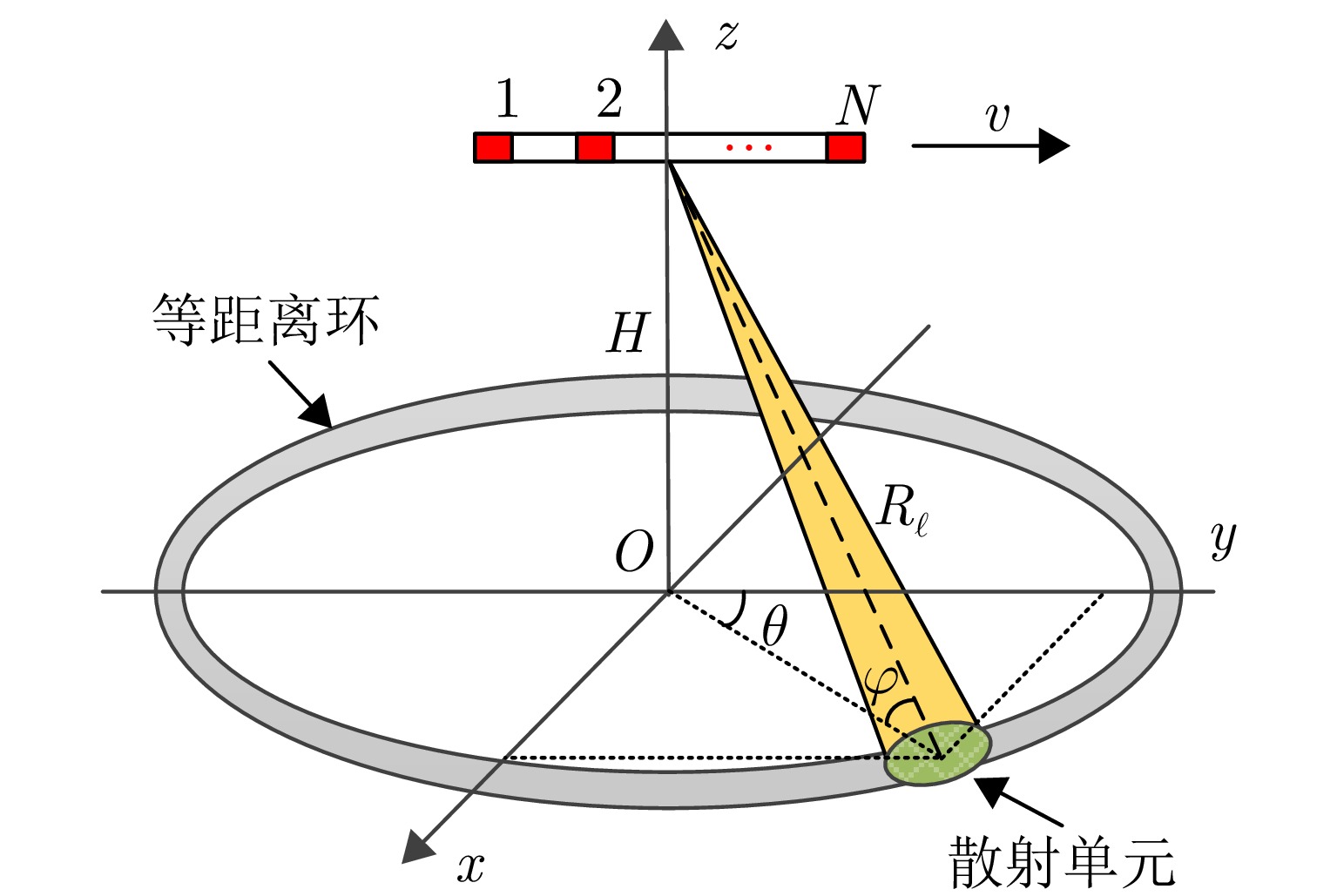



 DownLoad:
DownLoad:
